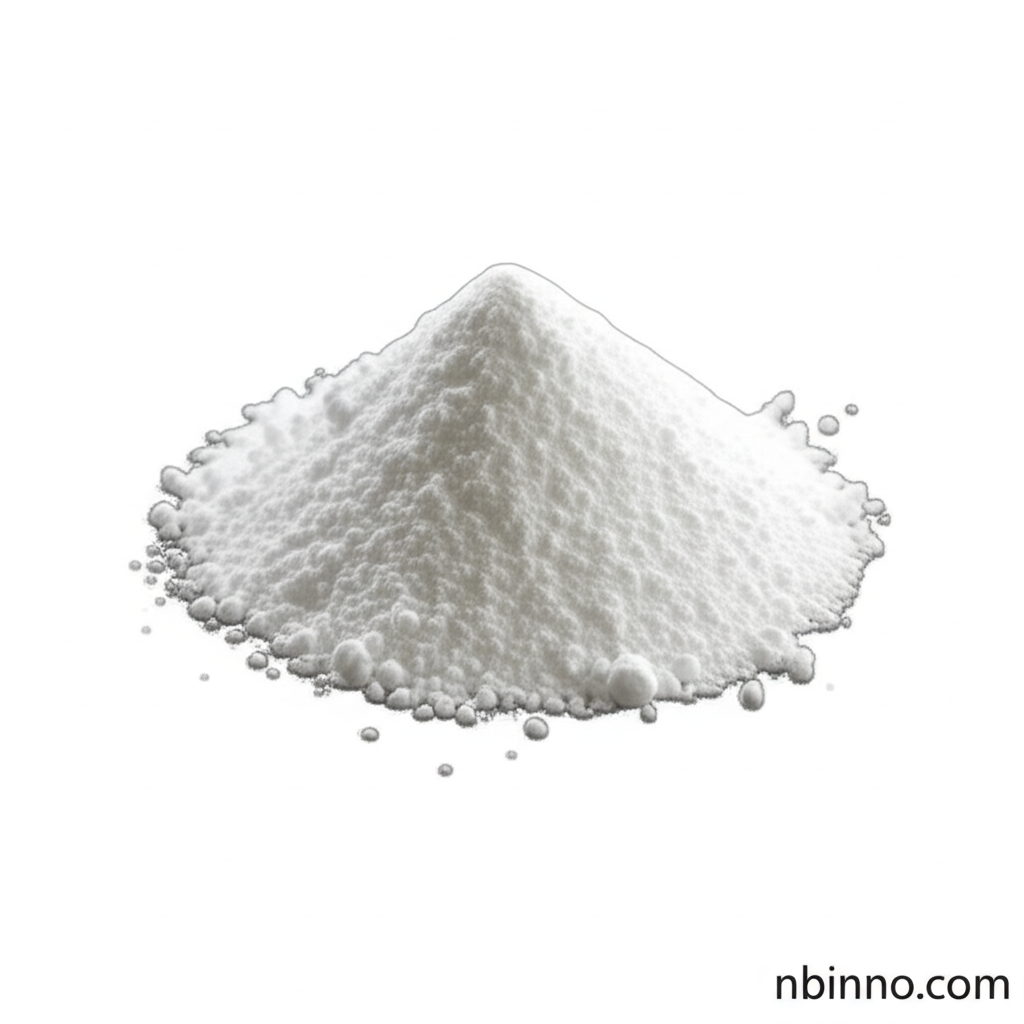3-Hydroxyphenylboronic Acid: A Key Intermediate for OLEDs and Organic Synthesis
Discover the essential role of 3-Hydroxyphenylboronic acid in advancing OLED technology and driving innovation in organic synthesis. Explore its applications and benefits as a high-quality chemical intermediate.
Get a Quote & SampleProduct Core Value

3-Hydroxyphenylboronic acid
As a leading supplier of specialty chemicals, we offer 3-Hydroxyphenylboronic acid, a critical compound for cutting-edge research and industrial applications. This versatile organic intermediate is indispensable in the development of advanced materials, particularly for OLEDs, and plays a significant role in various organic synthesis pathways. Our commitment to quality ensures that we provide reliable chemical intermediates that meet stringent purity standards, empowering your innovative projects.
- Leverage the power of Suzuki-Miyaura coupling reactions for intricate organic synthesis with our high-purity 3-Hydroxyphenylboronic acid.
- Advance your drug development pipelines by utilizing this key intermediate for creating complex, biologically active molecules.
- Enhance the efficiency and performance of your electronic devices with OLED material synthesis utilizing this essential compound.
- Explore novel applications in chemical sensing and bioconjugation, benefiting from the unique properties of this boronic acid derivative.
Advantages Offered
Purity and Reliability
Benefit from the assured quality and high purity of our 3-Hydroxyphenylboronic acid, ensuring consistent results in your demanding research and manufacturing processes.
Versatile Application Range
Utilize this compound across a broad spectrum of applications, from cutting-edge organic electronics to critical pharmaceutical intermediates, showcasing its wide utility.
Enabling Advanced Materials
Facilitate the creation of next-generation OLED displays and other organic electronic devices by incorporating this crucial building block in your material design.
Key Applications
OLED Materials
As a vital component in the synthesis of OLED materials, 3-Hydroxyphenylboronic acid contributes to the development of advanced displays with superior performance and energy efficiency.
Organic Synthesis
Its reactivity in Suzuki-Miyaura cross-coupling reactions makes it an indispensable tool for chemists synthesizing complex organic molecules and novel compounds.
Drug Development
Researchers rely on this compound to develop new therapeutic agents, particularly in areas like targeted cancer therapies, by enabling the synthesis of complex, biologically active structures.
Chemical Sensors
The ability of boronic acids to interact with diols makes 3-Hydroxyphenylboronic acid valuable in the creation of sensitive chemical sensors for biomolecule detection, aiding in diagnostics and monitoring.
